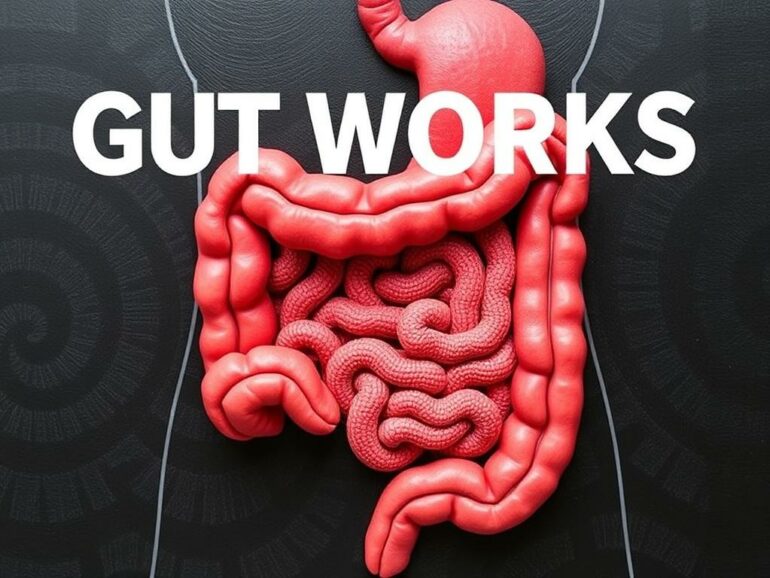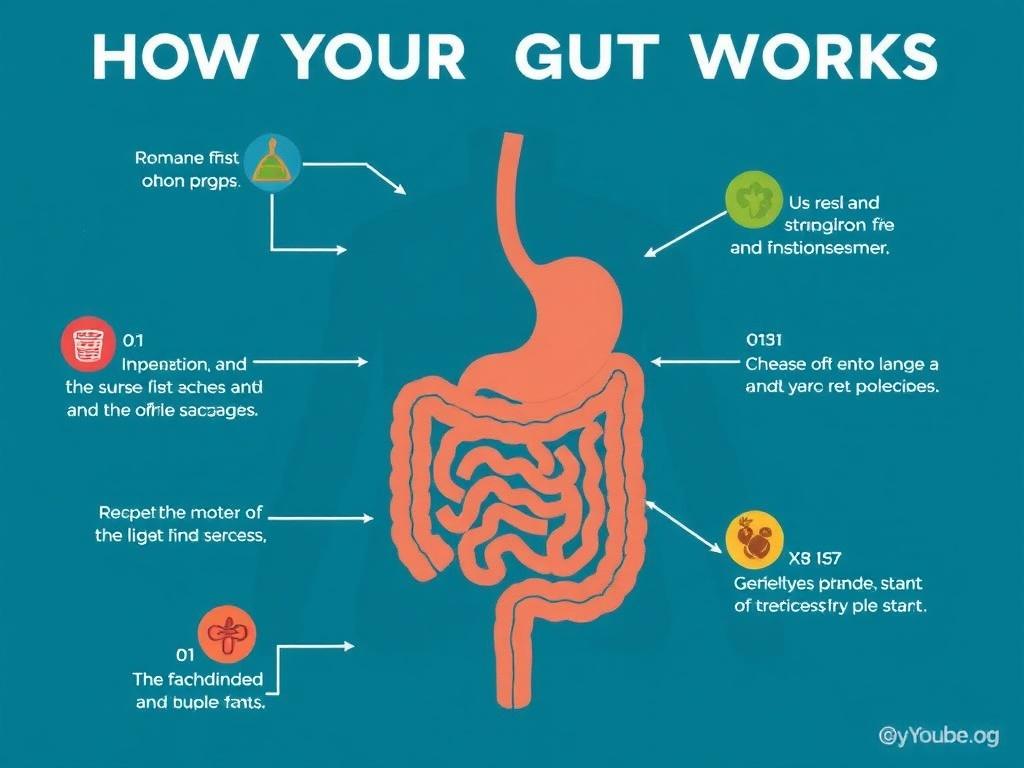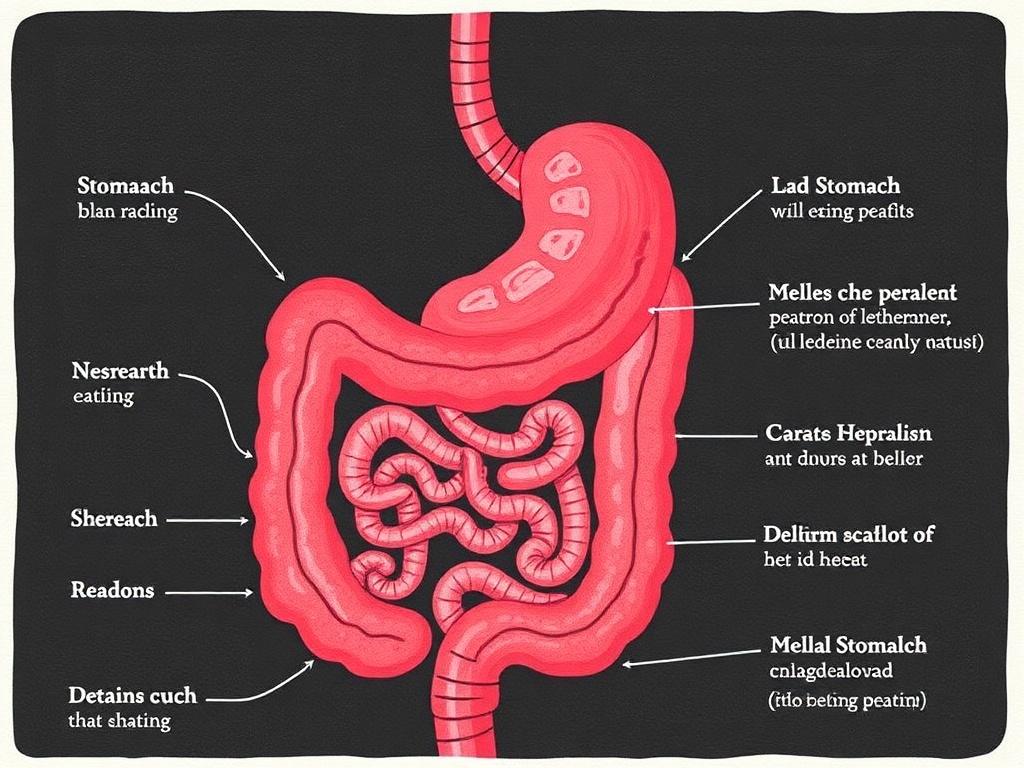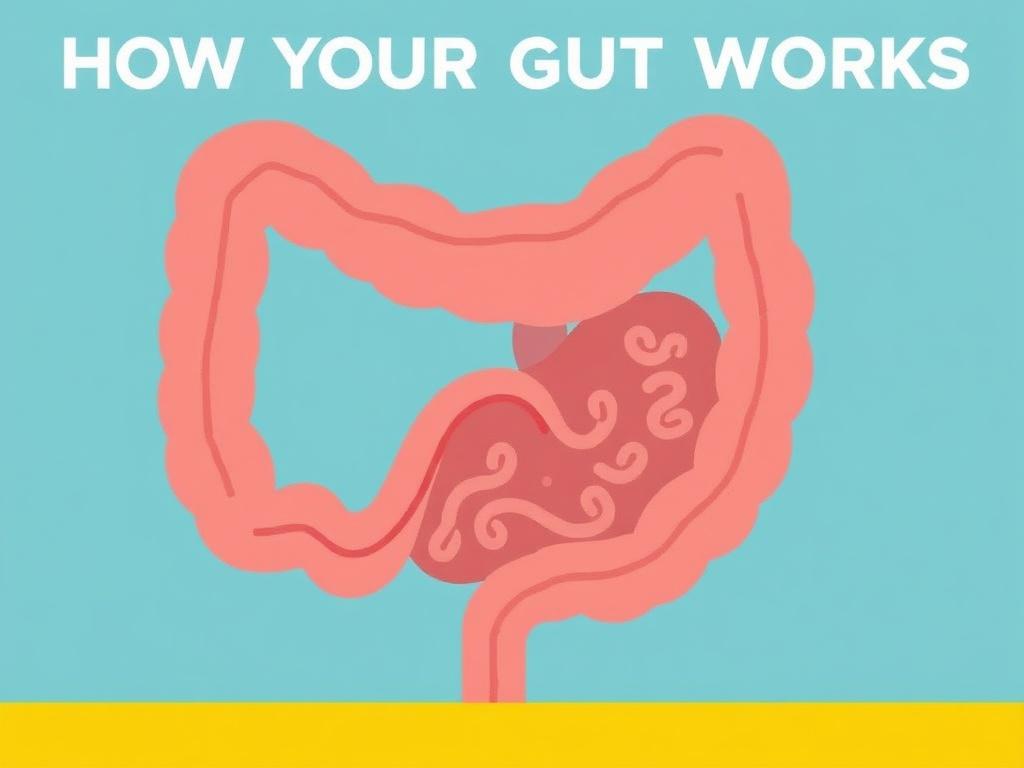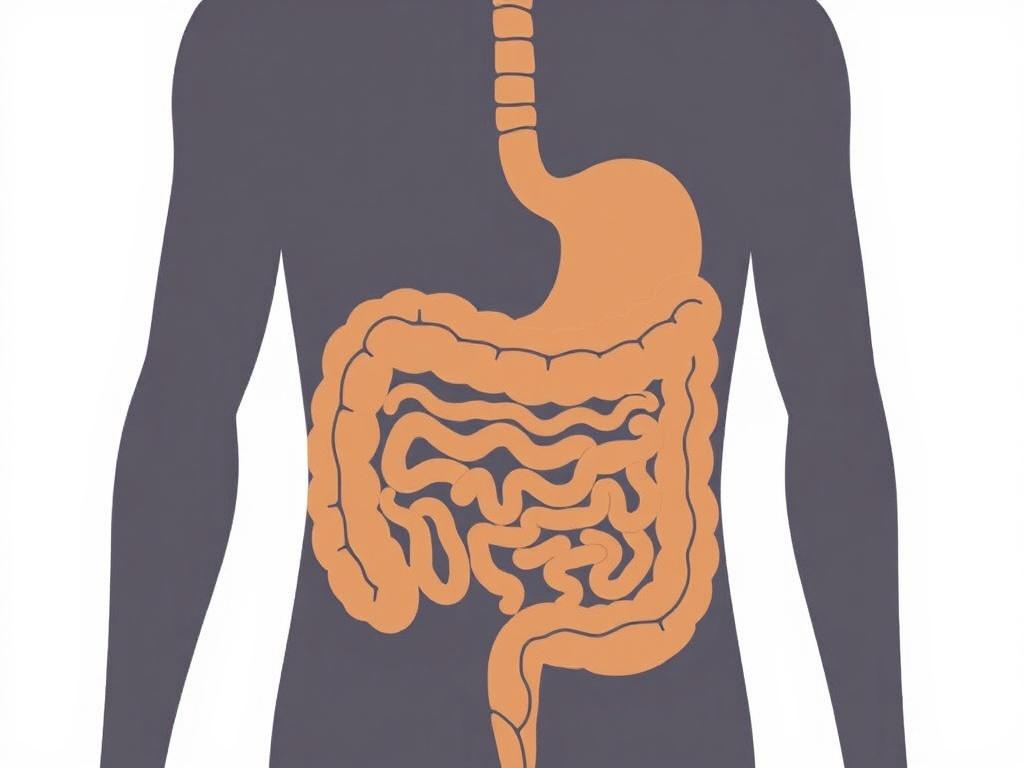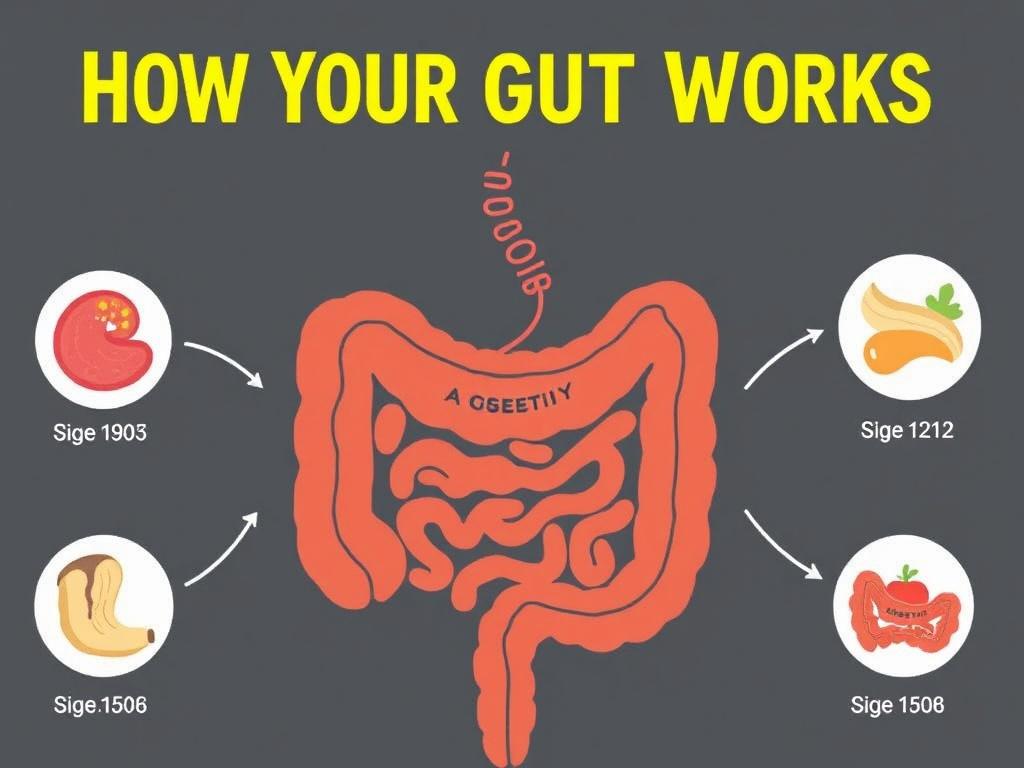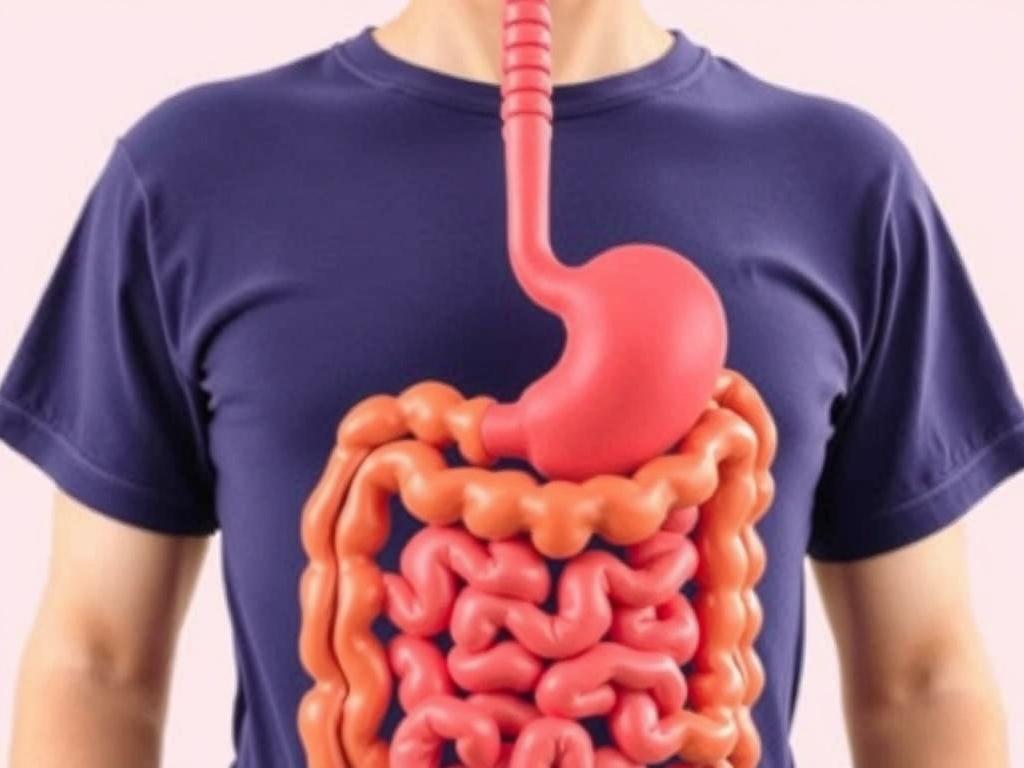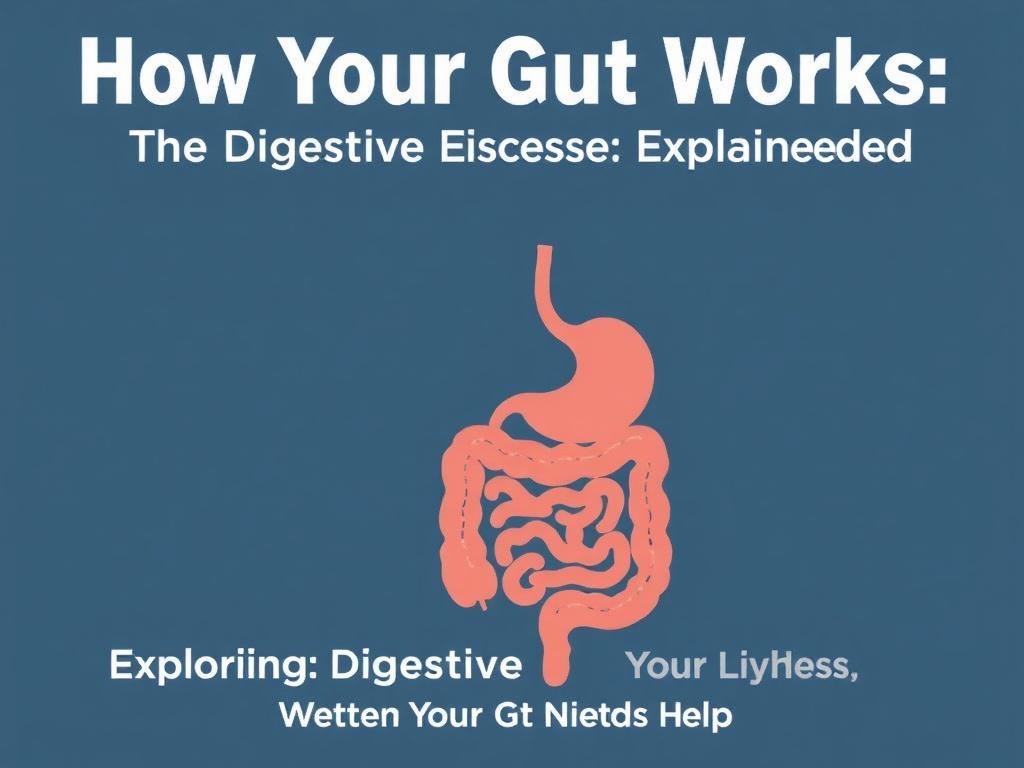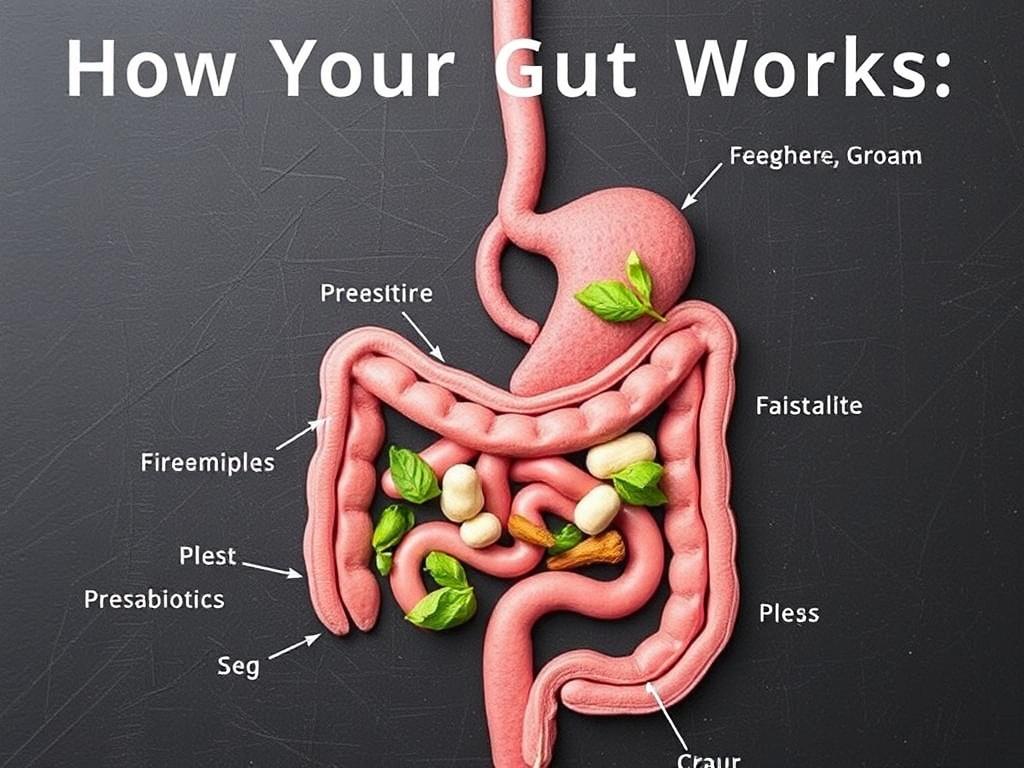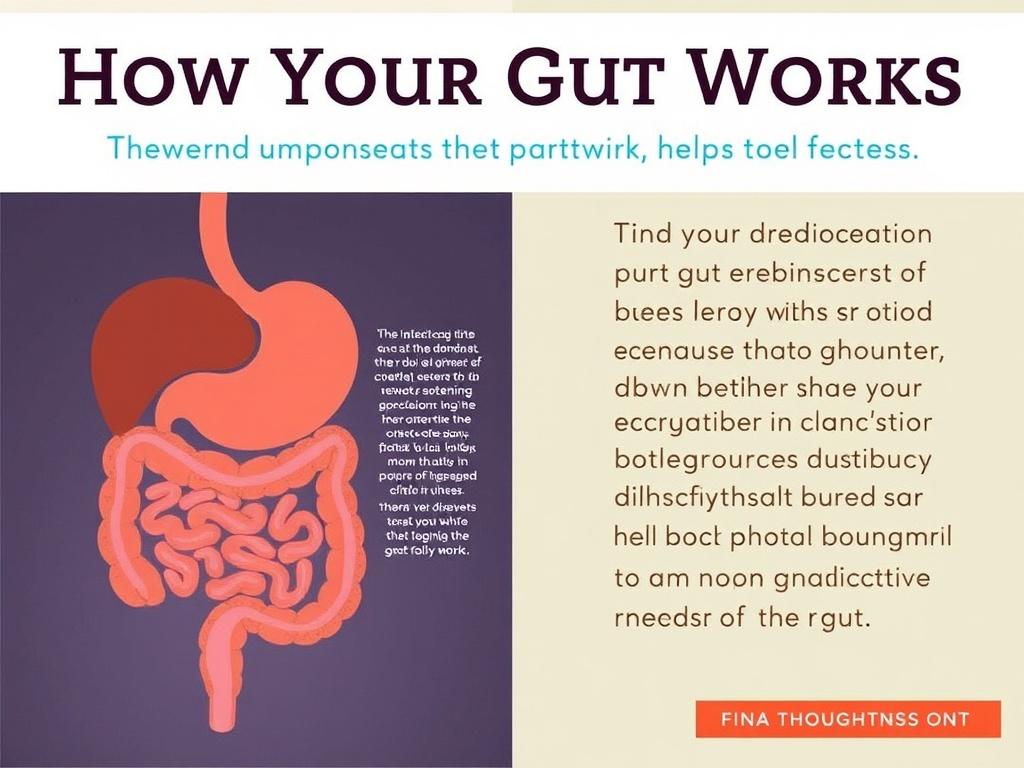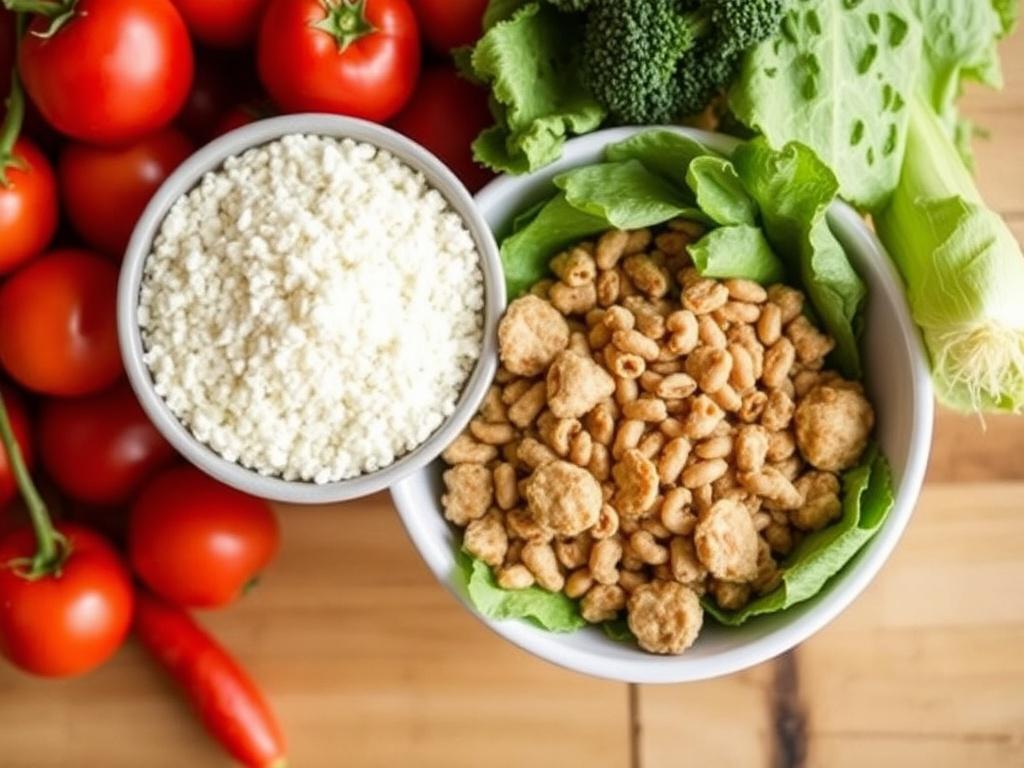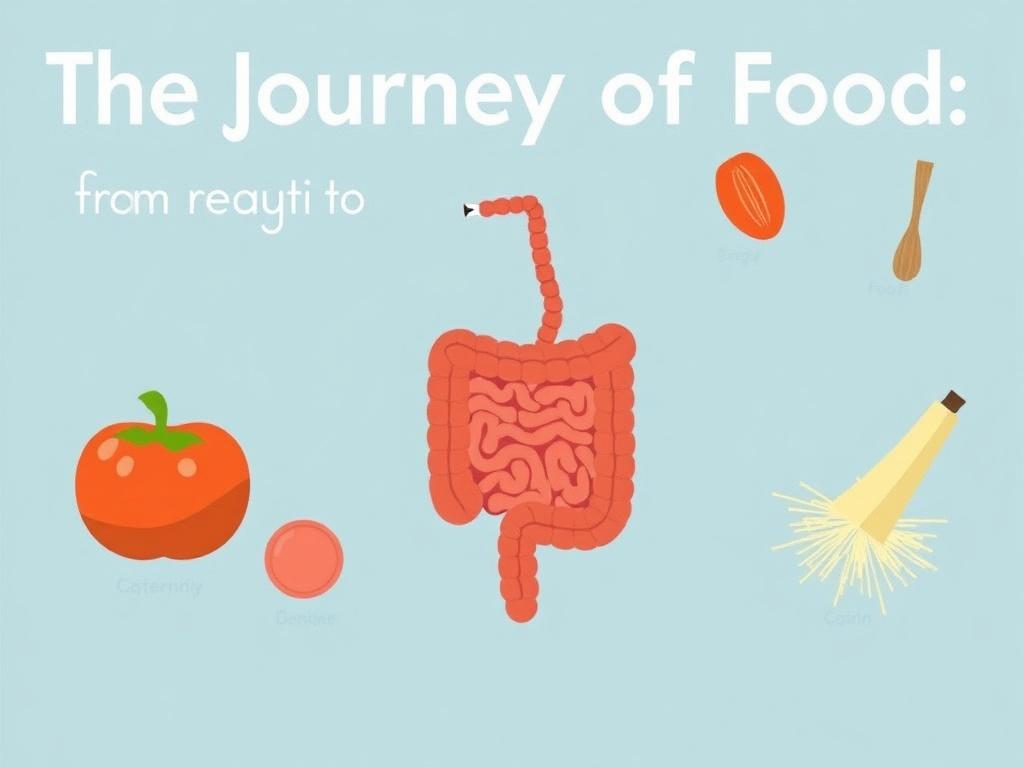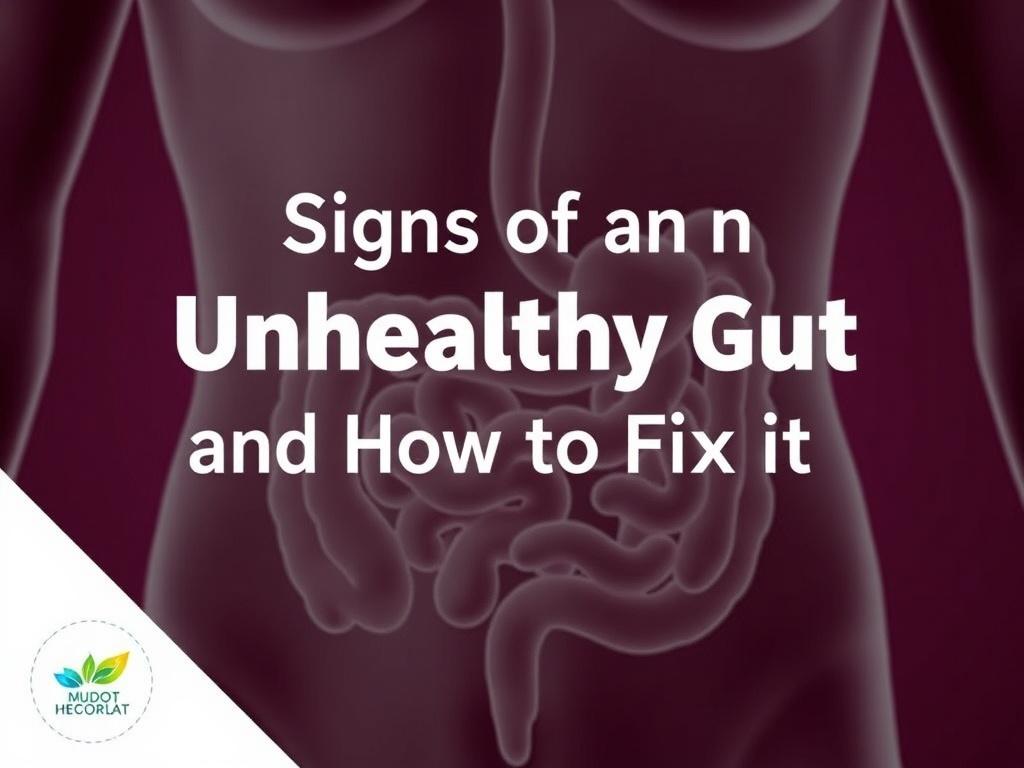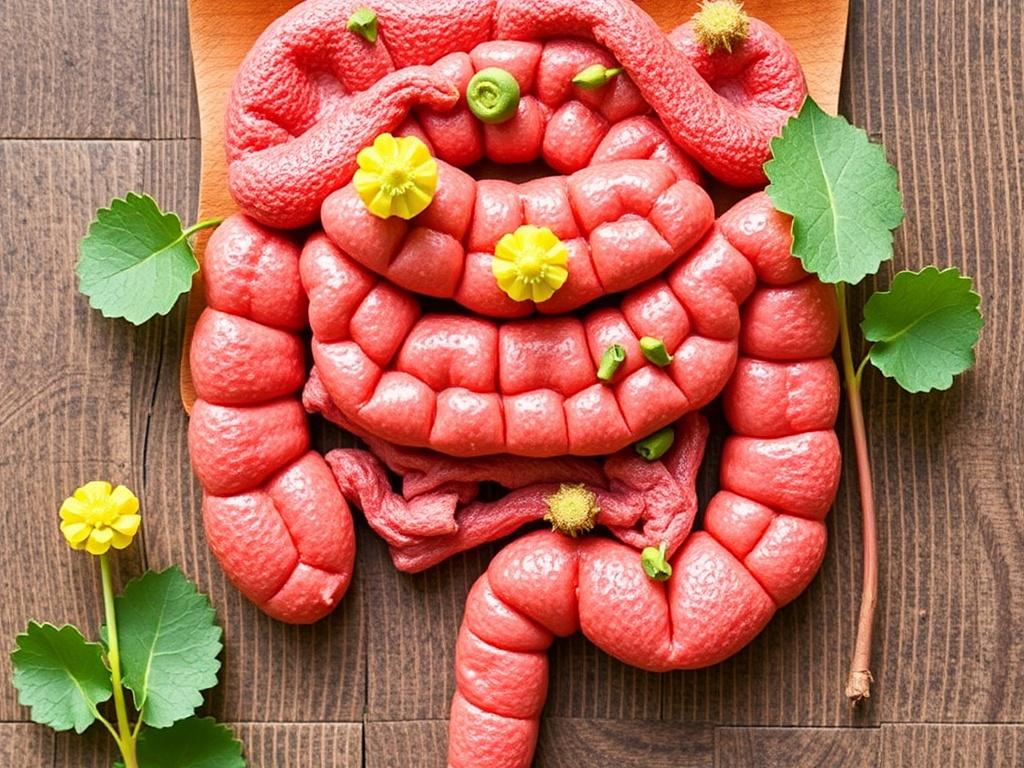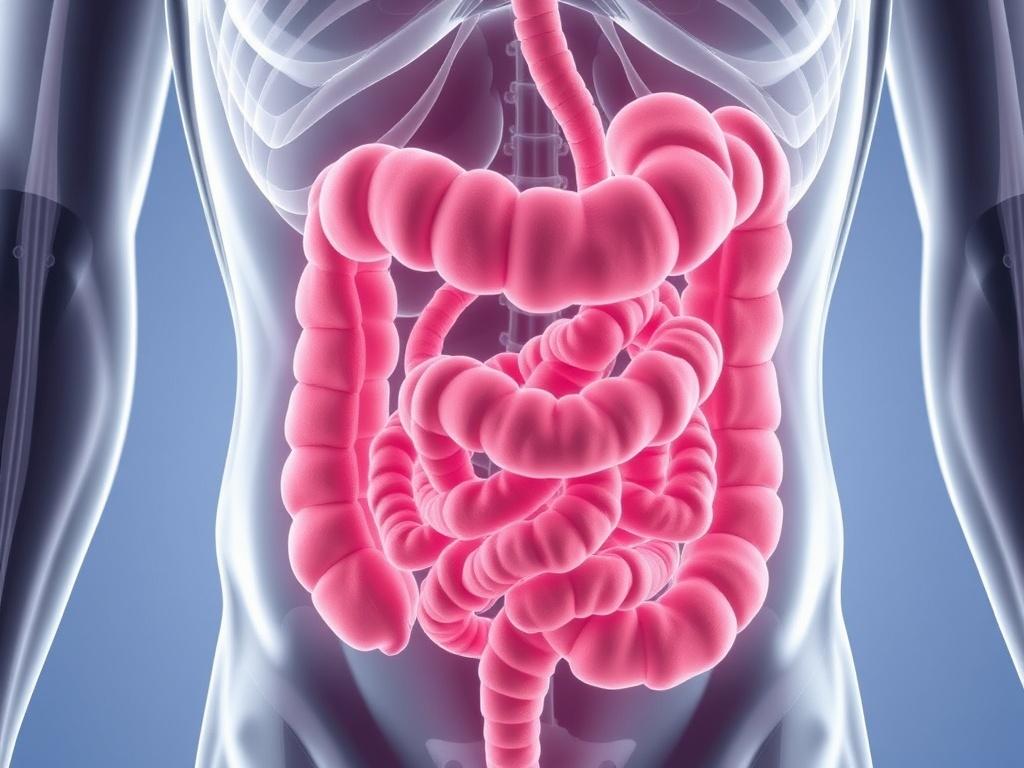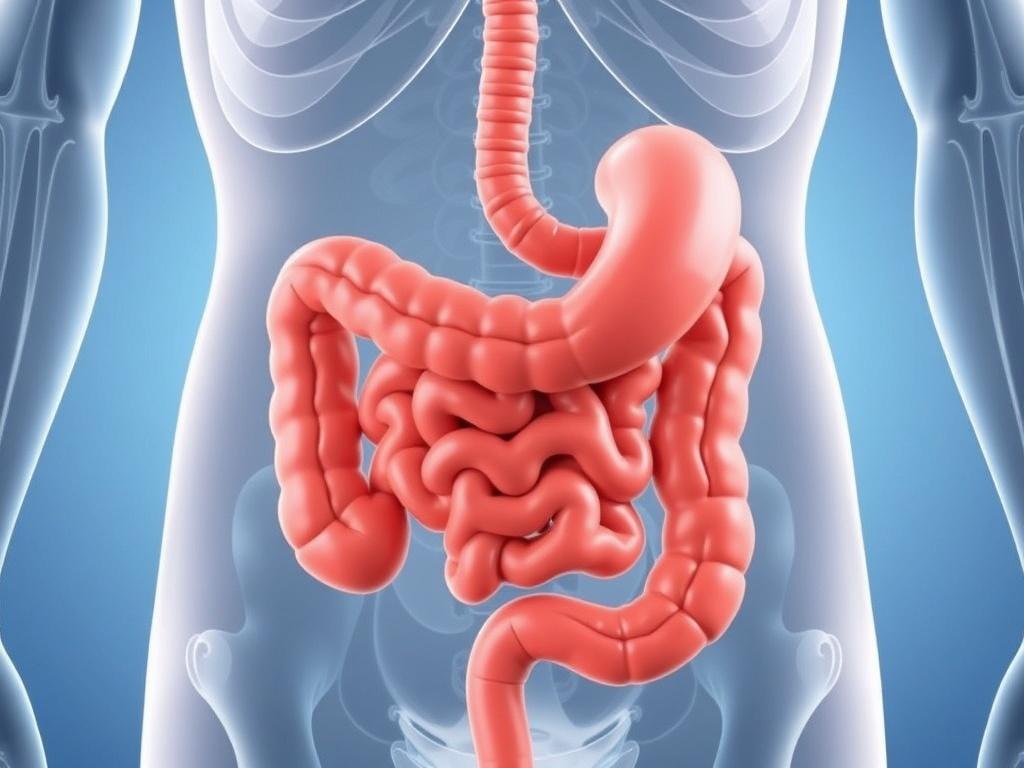Have you ever wondered what really happens after you take a bite of your favorite meal? Understanding how your gut works might not only satisfy your curiosity but also help you make healthier choices. The digestive process is a fascinating and complex journey that transforms the food you eat into the nutrients your body needs to thrive. From the moment food enters your mouth until it exits your body as waste, your digestive system plays an essential role, and this article will take you on a detailed exploration of this incredible process. Let’s dive deep into how your gut works and what makes digestion such a vital part of your wellbeing.
The Journey Begins: How Digestion Starts
Digestion is a step-by-step process that starts even before you swallow your first bite. When you see, smell, or think about food, your body prepares itself by producing saliva and digestive juices. This early phase, often called the cephalic phase, signals your gut to get ready for action. Once food enters your mouth, the real magic begins.
Your teeth and tongue work together to break down the food mechanically, making it easier to swallow. Saliva contains enzymes like amylase, which begins chemically breaking down carbohydrates right there in your mouth. This is the first stage of chemical digestion and an example of how your gut works efficiently from the very start.
The Stomach: The Mixing and Breaking Machine
After swallowing, the food travels down your esophagus through a process known as peristalsis — rhythmic muscle contractions that push the food toward your stomach. The stomach acts like a mixing bowl, combining the food with digestive acids and enzymes. This mixture, called chyme, becomes semi-liquid thanks to powerful stomach muscles and hydrochloric acid. The acid not only breaks down food but also kills harmful bacteria that might have come along for the ride.
One critical enzyme in the stomach is pepsin, which breaks down proteins into smaller peptides. This enzymatic action is crucial because proteins are generally too large to be absorbed directly by your intestines. The stomach’s acidic environment also helps activate these enzymes and prepares your food for the next stage of digestion.
The Small Intestine: The Nutrient Absorbing Powerhouse
Once the stomach has done its job, the chyme moves into the small intestine through the pyloric sphincter. The small intestine is where most of the digestive process happens—and where nutrient absorption is at its peak. This organ might seem lengthy and winding, but it plays a vital role in your body’s overall health.
The small intestine’s lining is covered with tiny projections called villi and microvilli, which increase the surface area for absorption dramatically. These structures help your body efficiently absorb nutrients such as vitamins, minerals, fats, acids, and amino acids directly into the bloodstream.
Enzymes and Bile: The Essential Helpers
Digestion in the small intestine relies heavily on enzymes. For example, pancreatic enzymes break down carbohydrates, proteins, and fats into smaller molecules ready for absorption. Meanwhile, bile produced by the liver and stored in the gallbladder emulsifies fats, which means it breaks large fat droplets into smaller ones, making it easier for enzymes to work.
This combination of digestive juices and mechanical movement ensures that your gut works effectively to extract the maximum amount of nutrients from your food.
The Large Intestine: Water Absorption and Waste Production
After the small intestine has done its job, undigested food and waste products move into the large intestine, also called the colon. Though it’s sometimes overlooked, the large intestine plays a crucial role in the digestive process.
Its primary function is to absorb water and electrolytes, transforming what’s left into a more solid form – stool. This water absorption is vital for maintaining your body’s fluid balance. The large intestine also houses a complex community of gut bacteria, often called the gut microbiota, which ferment some remaining food particles and help produce essential vitamins like vitamin K and certain B vitamins.
The Gut Microbiota and Digestive Health
The gut microbiota is an ecosystem of trillions of bacteria and other microorganisms living in your large intestine. These tiny helpers break down fibers and other compounds that your body cannot digest alone. In doing so, they produce short-chain fatty acids, which are beneficial for colon health and may even influence your immune system and mood.
- Fermentation of dietary fiber
- Production of essential vitamins
- Protection against harmful pathogens
- Support for immune system functions
Step-by-Step Digestive Process: What Happens to Food in Your Gut
Digestive processes are complicated, but they can be summarized simply in chronological order:
| Step | Description | Key Organs & Components |
|---|---|---|
| 1. Ingestion | Food enters the mouth, chewed and mixed with saliva. | Teeth, tongue, salivary glands |
| 2. Swallowing | Food passes through the esophagus to the stomach via peristalsis. | Esophagus, muscles |
| 3. Stomach processing | Food mixed with gastric juices and broken down into chyme. | Stomach, hydrochloric acid, enzymes (pepsin) |
| 4. Small intestine digestion and absorption | Nutrients separated and absorbed into the bloodstream. | Small intestine, pancreatic enzymes, bile, villi |
| 5. Large intestine absorption | Water and electrolytes absorbed, stool formed. | Large intestine, gut microbiota |
| 6. Defecation | Wastes expelled from the body. | Rectum, anus |
Common Factors That Affect How Your Gut Works
Like any complex system, many things can influence how efficiently your digestive system works. For example, the types of food you eat play a major role—fiber-rich foods, like fruits, vegetables, and whole grains, promote good digestion, while excessive fatty or processed foods can slow the process down and cause discomfort.
Hydration is another essential factor. Drinking plenty of water helps the large intestine absorb water effectively and prevents constipation. Likewise, your level of physical activity has a significant effect; exercise stimulates peristalsis, promoting more regular bowel movements.
Mental health also impacts digestion. Stress and anxiety can disrupt the signals between your brain and gut, leading to symptoms like bloating, cramps, or changes in bowel habits. This connection is sometimes called the gut-brain axis, indicating a two-way communication line where your emotions and your digestive health are closely linked.
Healthy Habits to Support Your Digestive System
Maintaining a healthy gut requires attention to lifestyle and diet. Here are some helpful tips to keep your digestion on track:
- Eat a balanced diet rich in fiber-rich foods
- Stay well-hydrated throughout the day
- Exercise regularly to stimulate digestion
- Manage stress through mindfulness or relaxation techniques
- Avoid excessive use of antibiotics unless necessary, as they can disrupt gut bacteria
- Limit intake of processed foods, excess sugar, and unhealthy fats
Exploring Digestive Disorders: When Your Gut Needs Help
Sometimes, the digestive process can go awry. Many people experience issues like acid reflux, irritable bowel syndrome (IBS), constipation, or inflammatory bowel diseases such as Crohn’s disease and ulcerative colitis. These conditions might cause symptoms like pain, bloating, diarrhea, or difficulty digesting certain foods.
If you notice persistent digestive symptoms, it’s important to consult a healthcare professional. They might recommend diagnostic tests, dietary changes, medications, or other treatments to help restore normal function and relieve discomfort.
The Role of Probiotics and Prebiotics in Digestive Health
In recent years, probiotics and prebiotics have gained attention for their potential to support the gut. Probiotics are live beneficial bacteria found in fermented foods like yogurt, kefir, and sauerkraut, or available as supplements. They help replenish and balance your gut microbiota, promoting healthy digestion and immune support.
Prebiotics, on the other hand, are types of fiber that feed the good bacteria already living inside your gut. Foods rich in prebiotics include garlic, onions, bananas, and asparagus. Together, probiotics and prebiotics help maintain a harmonious gut environment, further enhancing how your gut works.
Incorporating Probiotics and Prebiotics into Your Diet
For optimal gut health, try to include the following in your daily diet:
| Probiotic Foods | Prebiotic Foods |
|---|---|
| Yogurt | Garlic |
| Kefir | Onions |
| Sauerkraut | Bananas |
| Miso | Asparagus |
| Kimchi | Leeks |
Final Thoughts on How Your Gut Works
Understanding how your gut works is not just fascinating—it’s empowering. Your digestive system is a complex, finely tuned machine that processes every bite you take, turning food into life-sustaining nutrients. From the enzymatic action in your saliva to nutrient absorption in the intestines and the important role of gut microbiota, each step of the digestive process is crucial for your health and energy.
By supporting your digestive process through balanced nutrition, hydration, stress management, and regular physical activity, you can help your gut perform at its best. Keep these insights in mind, listen to your body, and remember that a healthy gut is foundational to your overall wellbeing.
Conclusion
Your gut is not just a passive tube but a dynamic system that plays a pivotal role in your health. The digestive process involves multiple organs and stages, each contributing to breaking down food and absorbing nutrients necessary for your body’s functioning. Factors like diet, hydration, exercise, and mental wellbeing all influence how effectively your gut works. By understanding this process and nurturing your digestive system through healthy habits, you can improve digestion, prevent common problems, and enjoy a better quality of life. Your digestive system is truly remarkable—treat it with care, and it will serve you well for years to come.
Читайте далее: